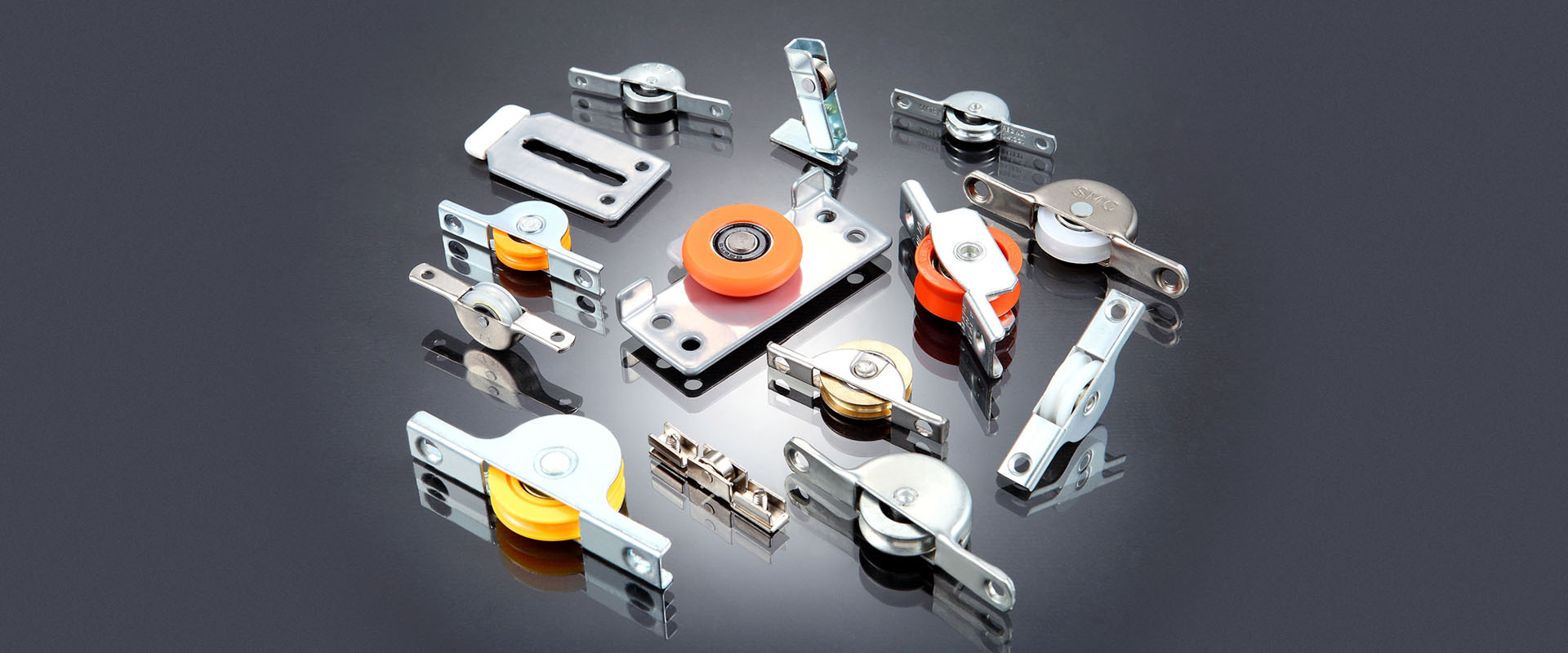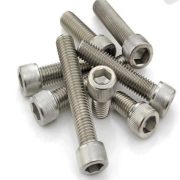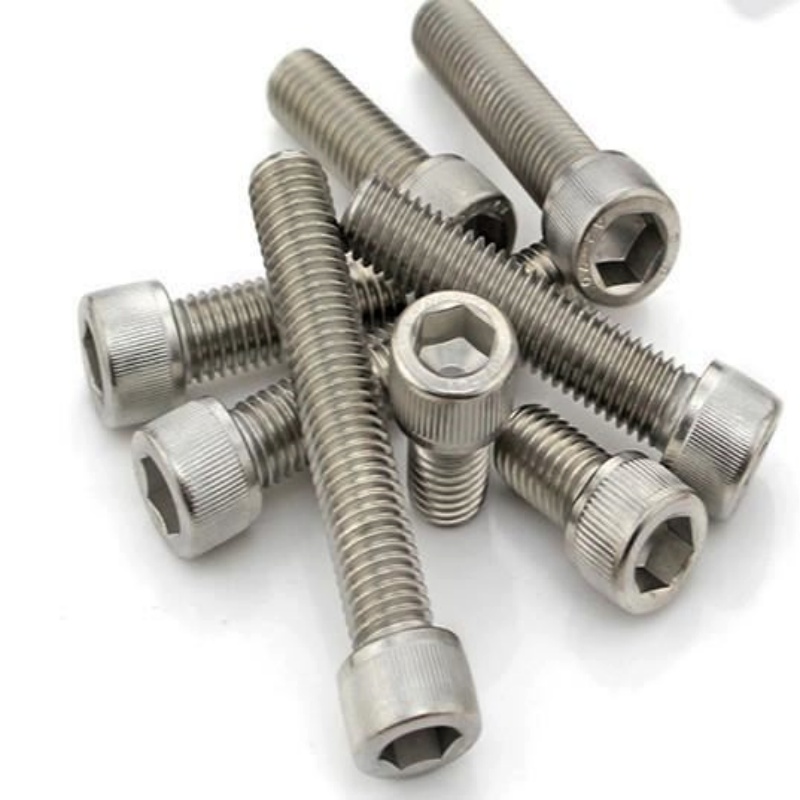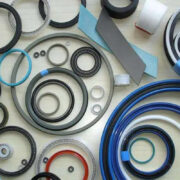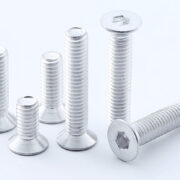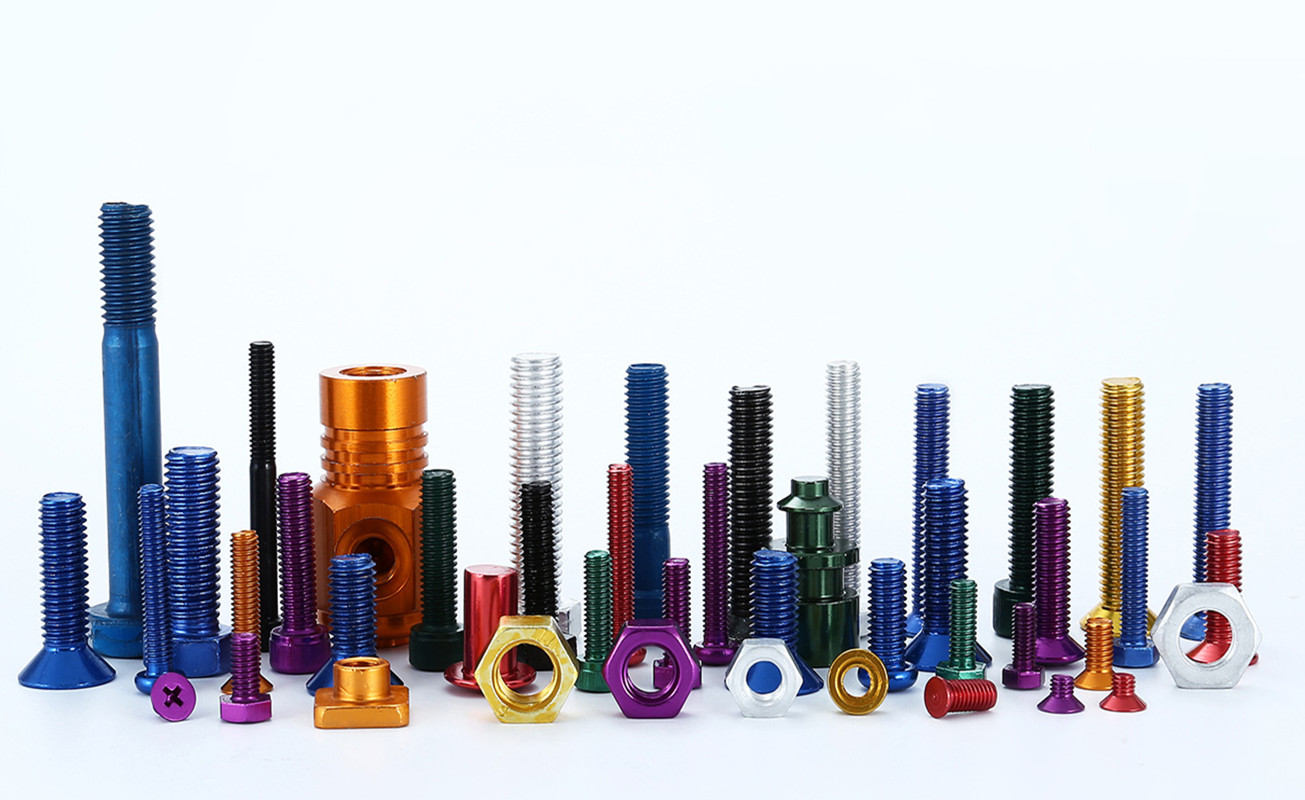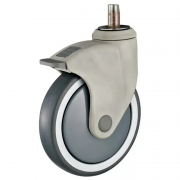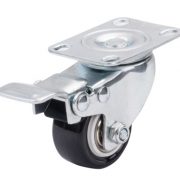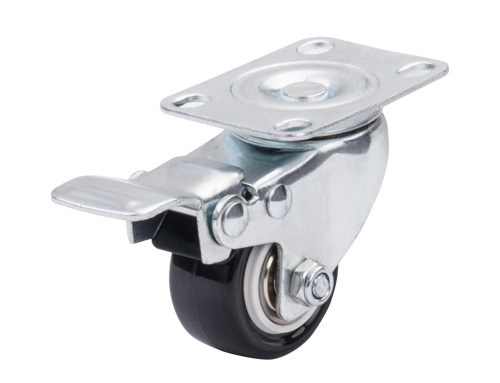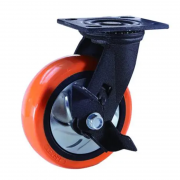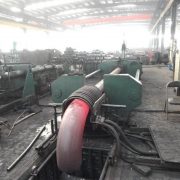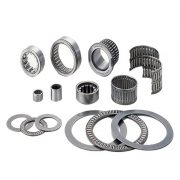For the use of casters, when we pay attention to its load-bearing, we should also pay attention to another aspect of its performance, that is, its shock absorption. For some textile and clothing types, there are often no such requirements when using casters, but if it is an industrial place in the electronic and electrical industry, it is often necessary to meet these requirements when using them. Because if there is no shock absorption, the whole product will be greatly damaged by handling. In terms of shock absorption of casters, the first thing to pay attention to is its design on the wheels, and now there are often many types of wheels.
Support features:
The support adopts 4-station automatic carbon dioxide protection welding technology, which has high strength and impact resistance, and adopts environmental protection galvanizing treatment. The salt spray test has reached the national level 6 standard; The destructive and torsion test and hydrochloric acid melting point test are carried out according to European regulations and national standards, which can fully meet the specified standards.
Product advantages:
1、 Easy start. Caster spring damping wheel adopts high-quality iron core wrapped polyurethane wheel, which has good toughness, elasticity and wear resistance. When installed on the equipment vehicle, the starting power is small (for example, 6-inch shockproof wheel, when the single wheel load is 200kg, the starting power is 3.6kg force);
2、 Resistant to high-speed driving. The caster wheel disc adopts double tapered roller bearings, which can better prevent the wheel from shaking in the process of high-speed traction, greatly reduce the noise and provide a quiet production environment for the production workshop.
3、 Sealing, dustproof and anti winding performance. The anti-seismic spring of the anti-seismic damping wheel is completely sealed, with good dust-proof and anti entanglement, which is suitable for different choices and requirements.
4、 Shockproof performance. The spring caster adopts high-quality impact resistant and anti-seismic spring and large track diameter bead disc, and the bottom plate and upper and lower bead discs are heat treated, which can greatly improve the hardness and toughness of the bead disc, make the bead disc rotate more flexibly and easily, greatly improve the stress performance and avoid the damage of the wheel caused by vibration on the concave convex ground.
Scope of use:
Kitchen equipment, mechanical equipment, heavy field operation platform, material handling vehicle, heavy frame, heavy storage equipment, heavy tool vehicles, etc.
Single wheel features:
The material is high elastic polyurethane, which can be used indoors and outdoors. The wheel surface is slightly circular, which is flexible and light. Similar products are generally polychlorinated or polyether. In contrast, this product has better toughness, strong adhesion fastness, no degumming, no cracking, wear resistance, compression resistance and other capabilities after special treatment, and is environmentally friendly and non-toxic. Polyurethane injection is a polyurethane elastomer injected through chemical injection, It is based on polyester polyol diisocyanato ethylene glycol. Protective floor, traceless, non staining, elastic, very resistant to friction and corrosion of many corrosive substances. UV resistant. But not resistant to hot water, steam, warm air and aromatic solvents.
In addition, it has a very low degree of permanent deformation, small rolling resistance and less heat when bearing dynamic load. The color is red. The applicable temperature range for pouring polyurethane: – 30 ℃ to + 70 ℃, and the maximum temperature for a short time is + 90 ℃. The rigidity is improved in the environment below – 10 ℃. Hardness 92 °± 3
Decho is a professional supplier on spring damping castors, if you need any , pls do not hesitate to contact us by email [email protected]



